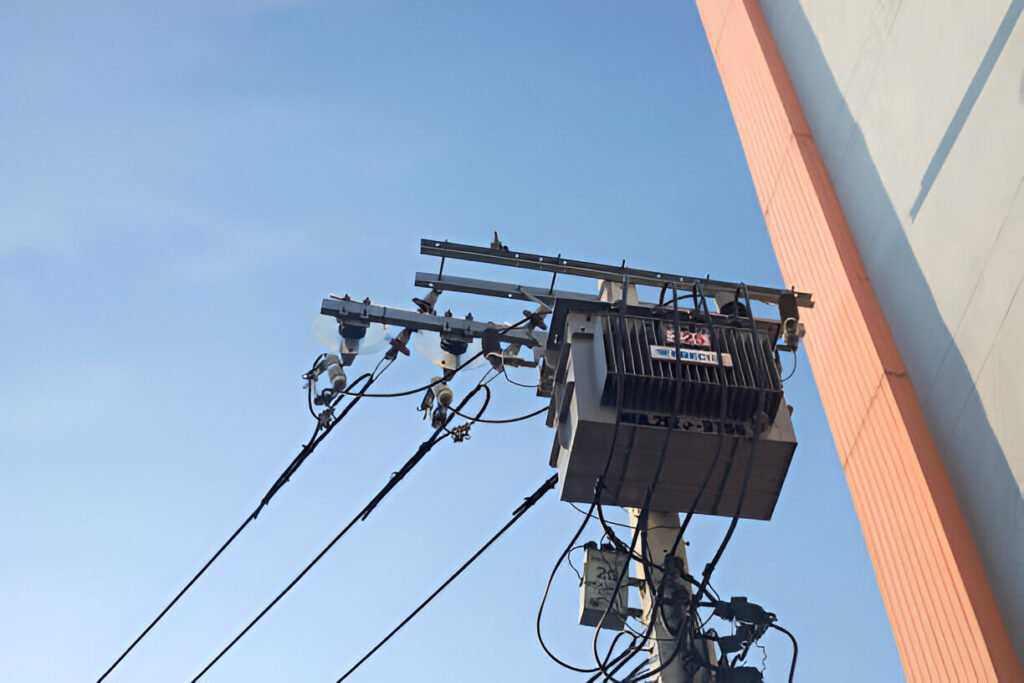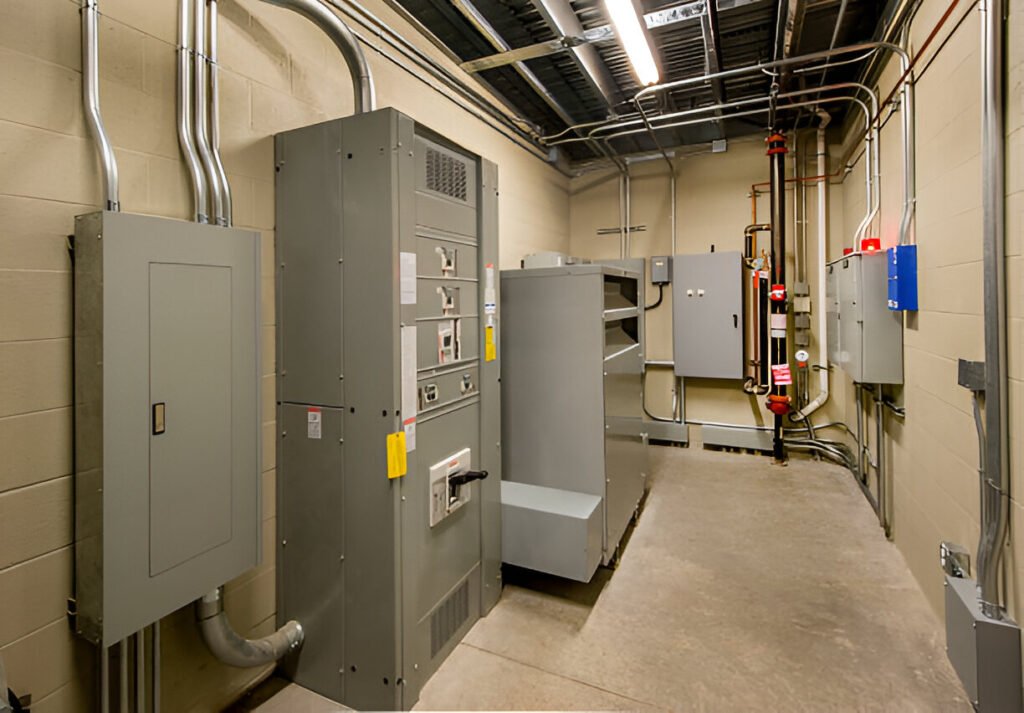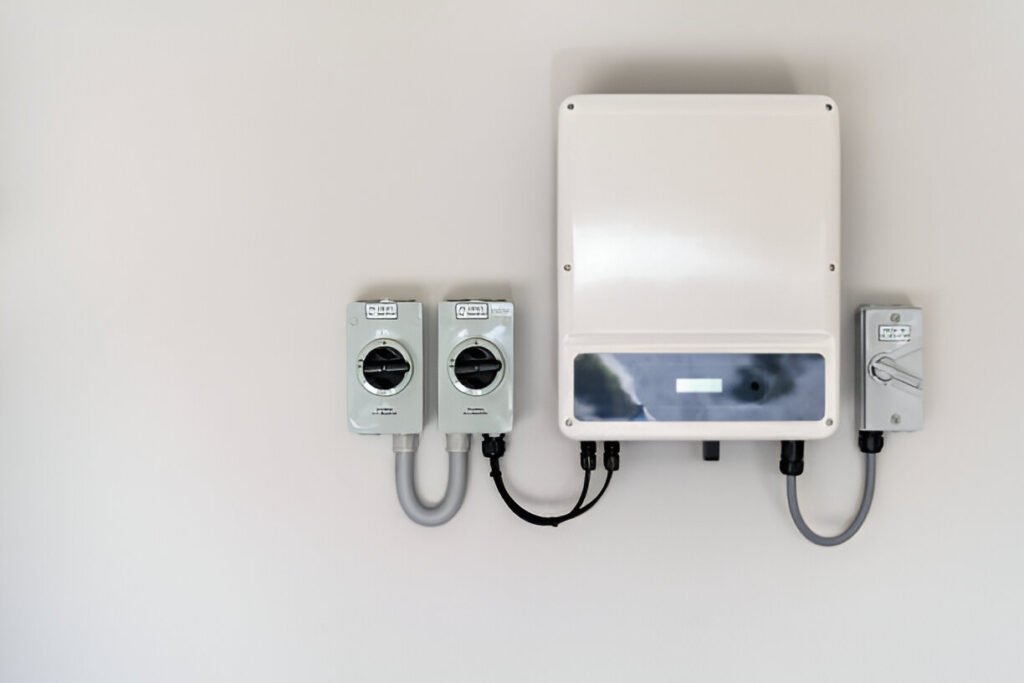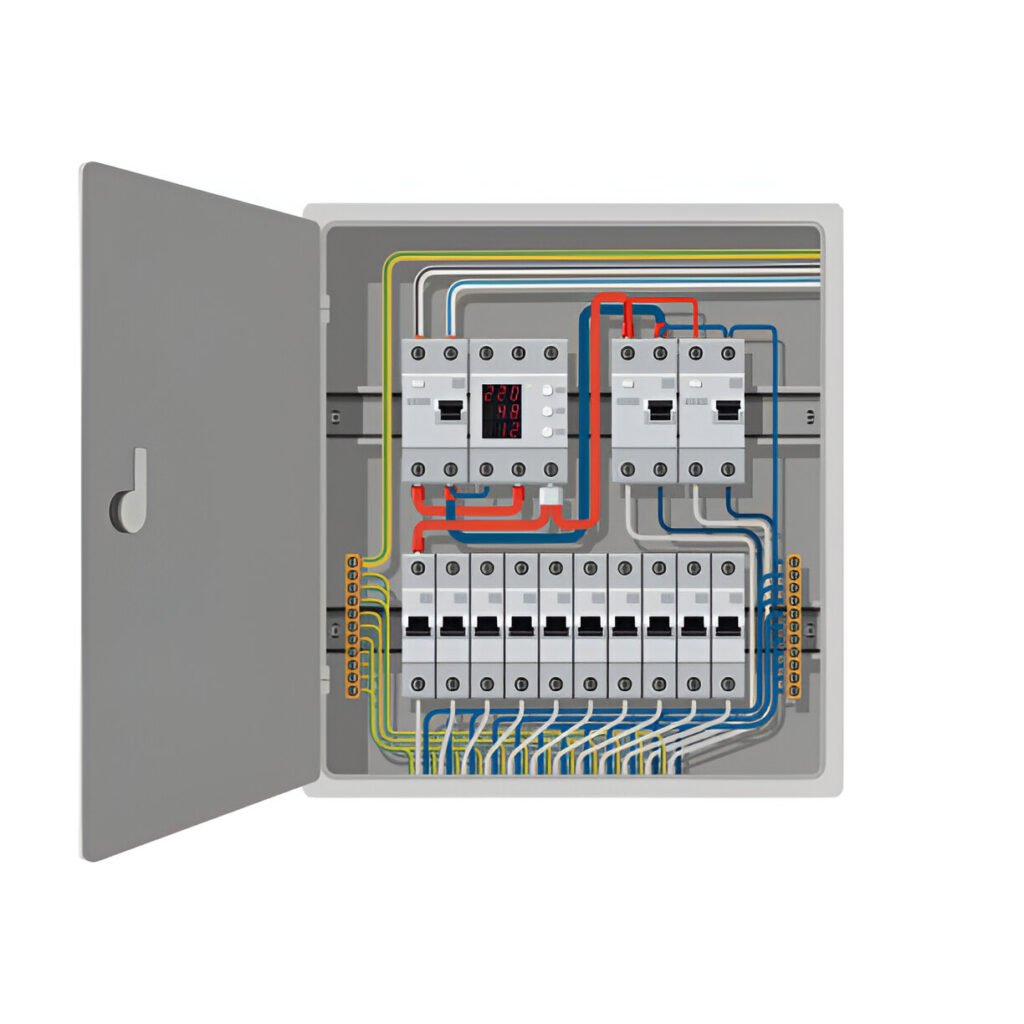How to Check Earth Resistance of Transformer
Learn how to measure the earth resistance of a transformer to ensure proper grounding and electrical safety.
Read More
A residential transformer is a crucial component of the electrical distribution system that supplies power to homes and small businesses. It is responsible for stepping down the high voltage from utility lines to a lower, safer voltage suitable for household use.
This article will provide an in-depth look at how residential transformers work, the different types available, and factors to consider when choosing the right transformer for your needs.

A residential transformer is a critical component of the electrical distribution system that supplies power to homes and small businesses. These transformers are responsible for reducing the high voltage electricity from the utility company’s distribution lines to a lower, safer voltage suitable for residential use, typically 120/240 volts in the United States.
The transformer’s primary function is to step down the voltage from the utility company’s distribution lines, which can range from 2,400 to 34,500 volts, to a level that is safe and usable for household appliances, lighting, and electronics. This voltage reduction is achieved through electromagnetic induction, a process that occurs within the transformer’s core and windings.
Residential transformers are built to withstand the elements and operate efficiently under various environmental conditions. They are typically equipped with protective features, such as surge arresters and fuses, to safeguard the transformer and the connected homes from electrical surges, short circuits, and other potential hazards.
Residential transformers operate on the principle of electromagnetic induction, which involves the transfer of energy between two coils of wire (called windings) through a shared magnetic field.
The primary winding of the transformer is connected to the high-voltage power line, while the secondary winding is connected to the lower-voltage distribution line that supplies electricity to homes. As alternating current (AC) flows through the primary winding, it creates a magnetic field that induces a corresponding voltage in the secondary winding.
The ratio of the number of turns in the primary and secondary windings determines the amount of voltage reduction. For example, if the primary winding has 1,000 turns and the secondary winding has 100 turns, the transformer will reduce the voltage by a factor of 10 (1,000 ÷ 100).

Pole-mounted transformers are commonly used in areas with overhead power lines. These transformers are installed on utility poles and are designed to withstand outdoor conditions. They are typically used in less densely populated areas, such as rural or suburban neighborhoods.
Pad-mounted transformers are installed on the ground, usually on a concrete pad. They are enclosed in a locked steel cabinet for safety and protection from the elements. These transformers are more common in areas with underground power lines, such as newer residential developments or urban areas.
Single-phase transformers are the most common type of residential transformer. They are used to supply power to homes and small businesses that require 120/240-volt service. Single-phase transformers have two primary windings and one secondary winding, allowing them to step down high-voltage electricity to a lower voltage suitable for residential use.
Three-phase transformers are used in larger residential or commercial applications that require more power. These transformers have three primary windings and three secondary windings, allowing them to supply power to multiple units or larger equipment. Three-phase transformers are less common in residential settings but may be found in multi-family dwellings or large estates.
Oil-immersed transformers use mineral oil as an insulating and cooling medium. The transformer core and windings are submerged in the oil, which helps to dissipate heat and prevent electrical discharges. Oil-immersed transformers are more efficient and have a longer lifespan than dry-type transformers, but they require more maintenance and pose a greater environmental risk if the oil leaks.
Dry-type transformers use air as the cooling medium instead of oil. They are safer and more environmentally friendly than oil-immersed transformers but are less efficient and have a shorter lifespan. Dry-type transformers are often used in indoor applications or areas where the risk of oil leaks is a concern.

Residential transformers are commonly used for step-down purposes, reducing the high voltage from the utility line to a lower, safer voltage suitable for household use. Ensure that the transformer you choose is compatible with your home’s electrical system and meets all local building codes and regulations.
Assess the power capacity requirements of your home. Residential transformers come in various sizes, typically ranging from 5 kVA to 50 kVA. To determine the appropriate size, calculate the total load of your home’s electrical devices and appliances.
Consider both the continuous load and any potential peak loads. It’s advisable to choose a transformer with a slightly higher capacity than your estimated requirements to accommodate future growth and prevent overloading.
Familiarize yourself with the different types of residential transformers available. Pole-mounted transformers are commonly used in areas with overhead utility lines, while pad-mounted transformers are installed on the ground, often in underground utility systems. Single-phase transformers are suitable for most residential applications, while three-phase transformers are used in larger homes or those with specialized equipment. Additionally, consider whether an oil-immersed or dry-type transformer is more appropriate for your specific location and environmental conditions.
Residential transformer capacity and sizing are critical factors in ensuring the safe and efficient distribution of electrical power to homes. Transformers must be properly sized to handle the electrical load of the residence without overheating or failing. Undersized transformers can lead to voltage drops, power outages, and even fire hazards.
The capacity of a residential transformer is measured in kilovolt-amperes (kVA). This unit represents the apparent power, which is the product of the voltage and current in the transformer. The required capacity depends on the total electrical load of the residence, including appliances, lighting, and HVAC systems.
To determine the appropriate transformer size, electricians calculate the total electrical load of the residence in watts and divide it by the nominal voltage (usually 240 volts for single-phase transformers). This calculation provides the minimum required transformer capacity in kVA. However, it is common practice to add a safety margin of 20-30% to account for future load growth and temporary power surges.
Residential transformers are available in standard sizes, typically ranging from 5 kVA to 50 kVA for single-phase units and up to 500 kVA for three-phase units. Larger homes or those with high electrical demands may require multiple transformers or a single larger unit.


The wiring process involves connecting the primary and secondary windings of the transformer to the appropriate power lines and the home’s electrical system.
The primary winding of the transformer is connected to the high-voltage power lines from the utility grid. These lines typically carry electricity at voltages ranging from 4,800 to 13,200 volts. The primary winding is designed to handle these high voltages safely and efficiently.
The secondary winding of the transformer is connected to the home’s electrical system. This winding steps down the high-voltage electricity to a lower voltage, typically 120/240 volts for residential use in the United States. The secondary winding is designed to provide the appropriate voltage and current for powering household appliances, lighting, and other electrical devices.
The connection between the transformer and the home’s electrical system is made through a service drop. This is a set of wires that run from the transformer to the home’s electric meter and main service panel. The service drop typically consists of two hot wires (120 volts each), a neutral wire, and a ground wire.
Inside the main service panel, the hot wires from the transformer are connected to the main breaker, which distributes electricity to the various circuits throughout the home. The neutral wire is connected to the neutral bus bar, and the ground wire is connected to the grounding bus bar.
Yes, residential transformers can be moved by the utility company if necessary.
The cost of a residential transformer varies depending on size, type, and location. Prices can range from a few hundred to several thousand dollars, with the utility company usually covering installation costs.
Residential transformers are designed to last 30-40 years on average, but lifespan can be affected by factors such as maintenance, load, and environmental conditions.
Local codes and utility company guidelines determine the required distance between a residential transformer and a house. Typically, transformers should be at least 10 feet away from buildings and other structures.
When properly installed and maintained, residential transformers are generally safe. However, transformers can pose risks such as electric shock, fire, and explosions if damaged or tampered with.
The local utility company is responsible for installing, maintaining, and replacing residential transformers as needed to ensure a reliable power supply to homes.
No, homeowners should never attempt to replace or repair a residential transformer. This work should only be performed by qualified utility professionals due to the high voltages involved.
Signs of a failing residential transformer include buzzing or humming noises, flickering lights, power outages, or a burnt smell coming from the transformer.
If a residential transformer appears damaged or is malfunctioning, contact the local utility company immediately. Keep a safe distance from the transformer and warn others to stay away.
Yes, a residential transformer can be overloaded if the electrical demand from the homes it serves exceeds its capacity. This can lead to overheating and potential failure of the transformer.
Homeowners can help protect residential transformers by avoiding planting trees or shrubs too close to the transformer, not overloading electrical circuits, and reporting any signs of transformer damage or malfunction to the utility company promptly.